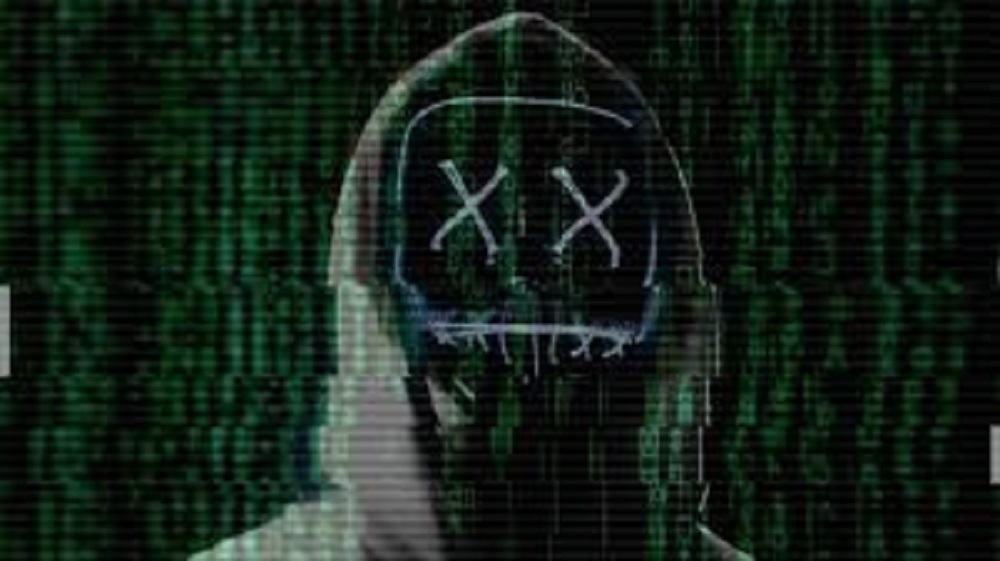
Dark Web Deep Web and Surface Web: What’s the Difference?: The dark web refers to a concealed network of internet sites accessible only through specialized web browsers. It serves the purpose of maintaining anonymity and privacy in online activities, catering to both legal and illegal applications. While some individuals use it to circumvent government censorship, it is notorious for hosting various forms of illicit activities.
Understanding the Dark Web, Deep Web, and Surface Web
The internet is vast, comprising millions of web pages, databases, and servers operating 24/7. However, the “visible” internet, known as the surface web or open web, represents just a fraction of the whole. Visualizing the internet as an iceberg, the surface web corresponds to the visible part above the waterline, constituting less than 5% of the total internet.
Surface Web
The surface web encompasses commonly accessed websites through traditional browsers like Google Chrome, Internet Explorer, and Firefox. Comparable to the portion above the waterline, the surface web comprises easily accessible websites indexed by popular search engines like Google and Yahoo. These websites are easily discoverable through popular search engines and are labeled with familiar registry operators such as “.com” and “.org.”
The Deep Web
Beneath the surface web lies the deep web, comprising around 90% of all websites. Analogously, the deep web is likened to the submerged part of an iceberg, vastly larger than the surface web. This hidden web includes legal components, such as databases, intranets for organizations, and various private networks. The term “deep web” encompasses all web pages that search engines cannot identify, either due to password protection or deliberate exclusion from indexing.
While the larger deep web contains relatively safe and clean content, venturing deeper may lead to encountering content that poses more risks. Some users navigate the deep web to bypass local restrictions or engage in activities like downloading pirated content.
The Dark Web
The dark web constitutes a specific segment of the deep web, consisting of sites that are not indexed and accessible only through specialized web browsers. Comparatively smaller than the surface web, the dark web is often associated with criminal activities. Using the iceberg analogy, the dark web corresponds to the bottom tip of the submerged iceberg.
Characterized by the absence of webpage indexing by mainstream search engines, the dark web relies on a randomized network infrastructure, inaccessible by traditional browsers. The use of unique registry operators and additional security measures like firewalls and encryption further conceals the dark web. While its reputation is often tied to illegal content and activities, legal entities also utilize this framework for various purposes.
Accessing the Dark Web

Accessing the dark web was once limited to hackers, law enforcement, and cybercriminals. However, advancements in technology, such as encryption and the Tor (The Onion Routing) network browser, have democratized access. Tor provides users with anonymity by using a random path of encrypted servers, allowing them to connect to the dark web without fear of tracking.
Legality of the Dark Web
Accessing the dark web itself is not inherently illegal, and legal uses include user anonymity, untraceable services, and the ability to undertake actions that may be illegal in other contexts. However, the dark web’s legality depends on individual user engagement, as it can be used for both protective and harmful purposes.
Tor’s legality as a software is not strictly illegal, as it is used by many for private browsing beyond the dark web. Nevertheless, engaging in illegal activities within Tor, such as piracy or cyber terrorism, remains punishable.
The Dark Web’s Threats
The dark web poses various threats to users, including the presence of malicious software, government monitoring, and potential scams. Malware, such as keyloggers, botnet malware, ransomware, and phishing malware, is prevalent on the dark web. Government monitoring and the risk of being targeted for illegal activities, even if unrelated to dark web usage, are also concerns. Scams, including phishing attempts and financial exploitation, further contribute to the dark web’s risks.
Ensuring Safety on the Dark Web
For those with a legitimate need to access the dark web, following safety measures is crucial. Trusting intuition, detaching online personas from real-life identities, actively monitoring identity and financial theft, and avoiding dark web file downloads are essential precautions. Disabling ActiveX and Java, using a secondary non-admin local user account, and restricting access to Tor-enabled devices also contribute to a safer dark web experience.
Understanding the dark web, deep web, and surface web unveils the diverse layers of the internet, each serving unique purposes. Navigating these layers requires a nuanced comprehension of the technologies, risks, and legal implications associated with each. Whether venturing into the depths of the deep web or cautiously exploring the anonymity of the dark web, users must approach with knowledge and awareness to make informed choices in the digital realm.

Thank you for your sharing. I am worried that I lack creative ideas. It is your article that makes me full of hope. Thank you. But, I have a question, can you help me? https://accounts.binance.com/tr/register-person?ref=W0BCQMF1
yes??